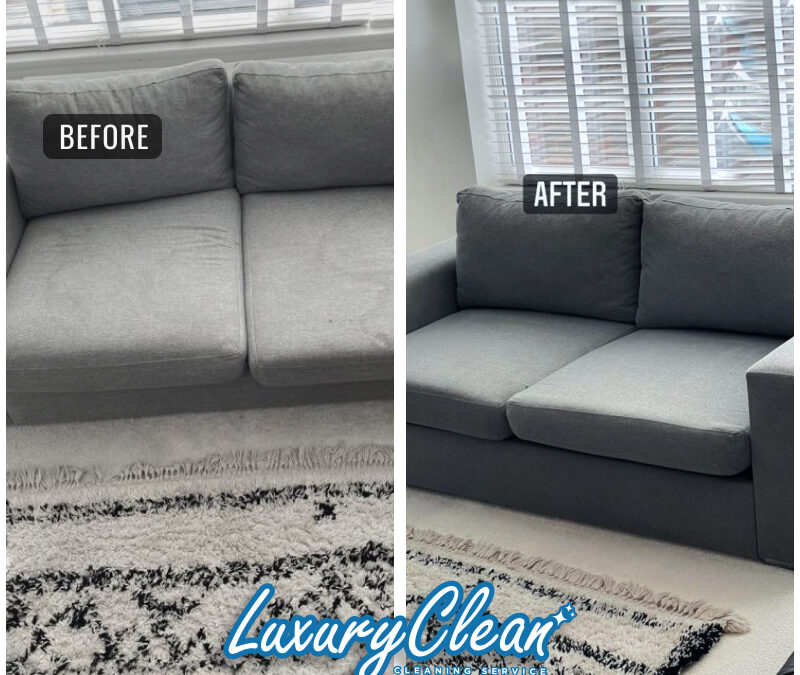During winter, damp air hangs longer in your house. That matters for soft furnishings. Humidity and persistent condensation create ideal conditions for mould and dust-mite growth in soft furniture. Damp trapped in fibres and foam encourages microbial growth and worsens indoor air quality, especially in older or poorly ventilated homes.
That’s where DIY goes wrong
Most people think a quick spot scrub or a home steam for a sofa clean job will fix things. It often doesn’t. First, water left behind can slow-dry in winter and leave a musty smell or even encourage mould inside cushions. Second, some home cleaners set stains or damage delicate fibres (like viscose) when used incorrectly. For homes with pets or kids, protein-based soils (urine, food) must be broken down; that’s what enzymatic cleaners do (enzymes that break down proteins).
Here are the common DIY failures to watch for.
- Slow drying: damp climate + sealed windows = wet fibres for longer; smells and mould risk increase.
- Set stains: heat or the wrong solvent can make some marks permanent.
- Residue re-soiling: cheap detergents leave sticky residue that attracts dirt faster.
Next, let’s look at what professionals do differently
Pros work to protect the fabric and the home, not just remove visible dirt. They pick low-moisture methods or solvent techniques for water-sensitive fabrics, use targeted enzyme treatments for pet soils, and control drying with air movers so sofas don’t sit damp for hours. This combination reduces the musty return of smells and limits fibre damage.
practical pro steps you’ll actually notice.
- Fabric diagnosis: technicians test fibres and dyes first.
- Targeted treatment: enzymes for protein soils; encapsulation or low-moisture methods for delicate fabrics.
- Controlled drying: fans, dehumidifiers, or air movers to speed drying and prevent mould.
Then, timing – when should you book a professional clean?
Book before the cold, damp months arrive. A pre-winter upholstery clean removes the season’s accumulated oils and food soils, and creates a neutral, dry base that’s far less attractive to mould and mites. For most luxury homes, professional scheduling every 6-12 months is a sensible range; heavier use (pets, WFH days) leans toward six-monthly.
Quick winter-proof tips you can use today.
- Keep a small airflow gap behind sofas and avoid blocking radiators.
- Use a dehumidifier on the coldest, dampest days (place centrally, not tucked away).
- Spot-treat only with enzyme products for pet messes; avoid DIY heat fixes.
Conclusion
A professional sofa clean before winter isn’t just cosmetic. It’s about breathing easier, keeping an expensive piece usable, and avoiding the awkward guests-and-musty-sofa moment. Think of it like small care now, big comfort later.


